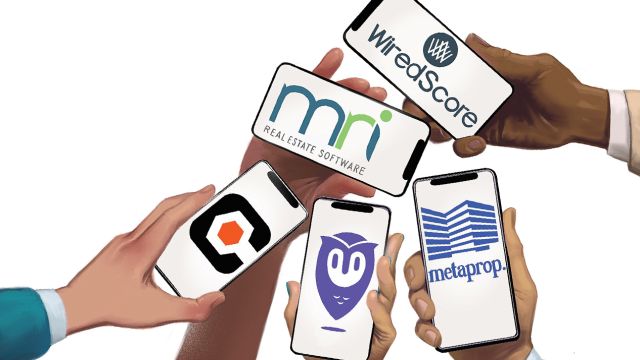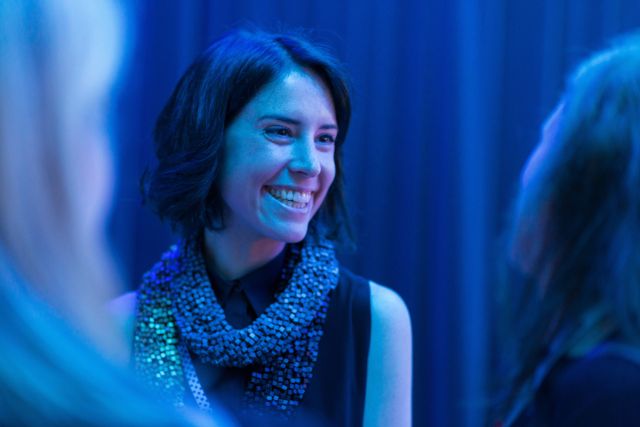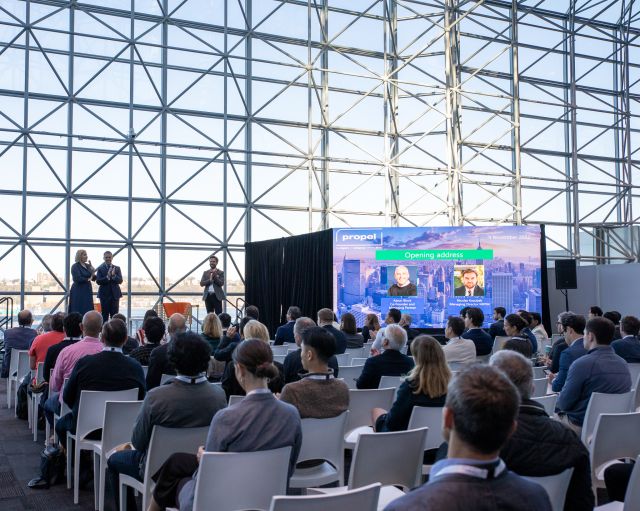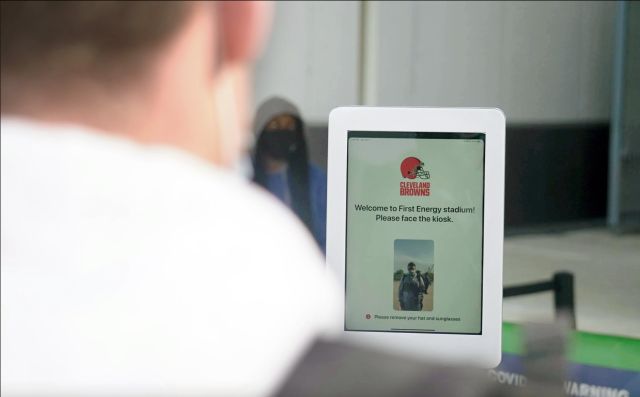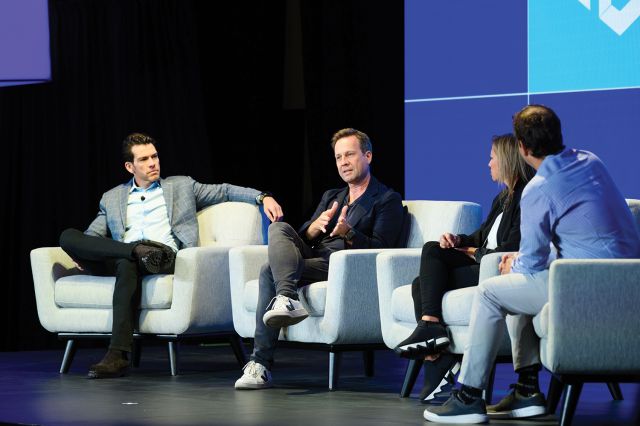
Nick Romito and Swaroopa Penikelapati
Co-founder and CEO; chief technology officer at VTS

The last time landlord services firm VTS raised funds, it was valued at $1.7 billion, and that was more than a year ago.
Since then, VTS has only grown more indispensable to the 900 landlords on its platform, and to the commercial real estate industry as a whole, providing one of the most robust sources of data on the office market and insight into return-to-office trends.
“Being a technology company, you need to be delivering products that matter given the macro,” said Nick Romito, who started the company 11 years ago with Ryan Masiello.
The macro situation is not pretty: Occupancy, tenant demand and tenant demand size — all of it is trending down.
That’s why VTS is focused on helping landlords navigate the sector’s existential transformation, particularly by allowing landlords to leverage their existing portfolios to create a network of offices for today’s distributed workforces. Additionally, VTS’s data provides insights into traffic and amenity usage, which can help companies choose where to spend their capital dollars, for example.
Both of those things are heavily dependent on the company’s core software, which is where Swaroopa Penikelapati comes in. Penikelapati, who joined the firm in 2019 as vice president of engineering, was promoted to CTO in late 2022, about a year after the firm’s previous CTO departed along with its COO.
Penikelapati, originally from India, came to the firm with more than 20 years of experience as a technologist in the health care, fintech and real estate industries. Her priority is creating products that are useful to the end customer, and continually refining the firm’s data offerings, which are fueled by the data from its customers. “It took years to get people to trust us,” said Romito. “Now we’re at 99 percent of our customers.”
In addition, Penikelapati said it’s important not to get distracted by the shiny, new technology of the moment. In fact, VTS plans to experiment with generative AI — the current “it” technology — on itself before applying it to its tech stack. “Let’s eat our own dog food,” Penikelapati explained.

